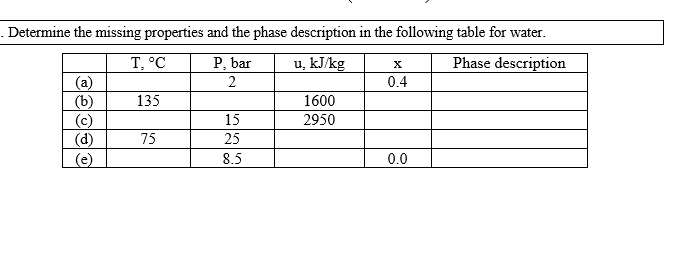

In the Permissions section, under Allow, check Read. In the Permissions for Microsoft dialog box, select the specified user (or group) under Name. The Permissions for Microsoft dialog box appears. Select Microsoft SQL Server, go to the Registry Editor main menu and click Security and then Permissions. In the left panel, navigate down to Microsoft SQL Server by double-clicking HKEY_LOCAL_MACHINE, SOFTWARE, and then Microsoft. On the SQL Server task bar, go to Start, and click Run. In the Permissions section, under Allow, check Execute Methods, Enable Account, and Remote Enable. In the WMI Control Properties dialog box, select the specified user (or group) under Name.

In the Security tab, go to the namespace navigation panel, double-click Root, select DEFAULT, and click Security.Ĭlick Add and select the specified user (or group) from the Select Users, Computers, or Groups dialog box. The WMI Control Properties dialog box appears. Right-click WMI Control and select Properties. In the left panel, go to Services and Applications and select WMI Control. In the Control Panel, double-click Administrative Tools and then Computer Management. In the Control Panel, double-click Users and Passwords and click Add in the Users tab. To do so, from the task bar, go to Start, select Settings, and then Control Panel. If you do not have a user, then create one. To check whether the WMI calls are working correctly for the namespace root\MicrosoftSQLServer outside of the Enterprise Manager environment: A pop-up window with the message Successfully Executed is displayed.Ĭlick Edit Out Parameters and verify the value of sValueName. Select the property sSubkeyValue and then click Add Property.Ĭlick Execute. Where will have values such as MSSQL.1, MSSQL.2, etc. SOFTWARE\Microsoft\MicrosoftSQLServer\\MSSQLServer\CurrentVersion SOFTWARE\Microsoft\MSSQLServer\MSSQLServer\CurrentVersion Select the property sSubKeyName and then click Add Property.įor SQL Server default (no-name) instance: Select getStringValue from the Method drop-down list. Launch WBEMTEST locally on the system where SQL Server is installed.Įnter root\default in the Server\Namespace text field. Preferably, this should be a domain account. You must be logged in as a user belonging to the local Administrators Group.


 0 kommentar(er)
0 kommentar(er)
